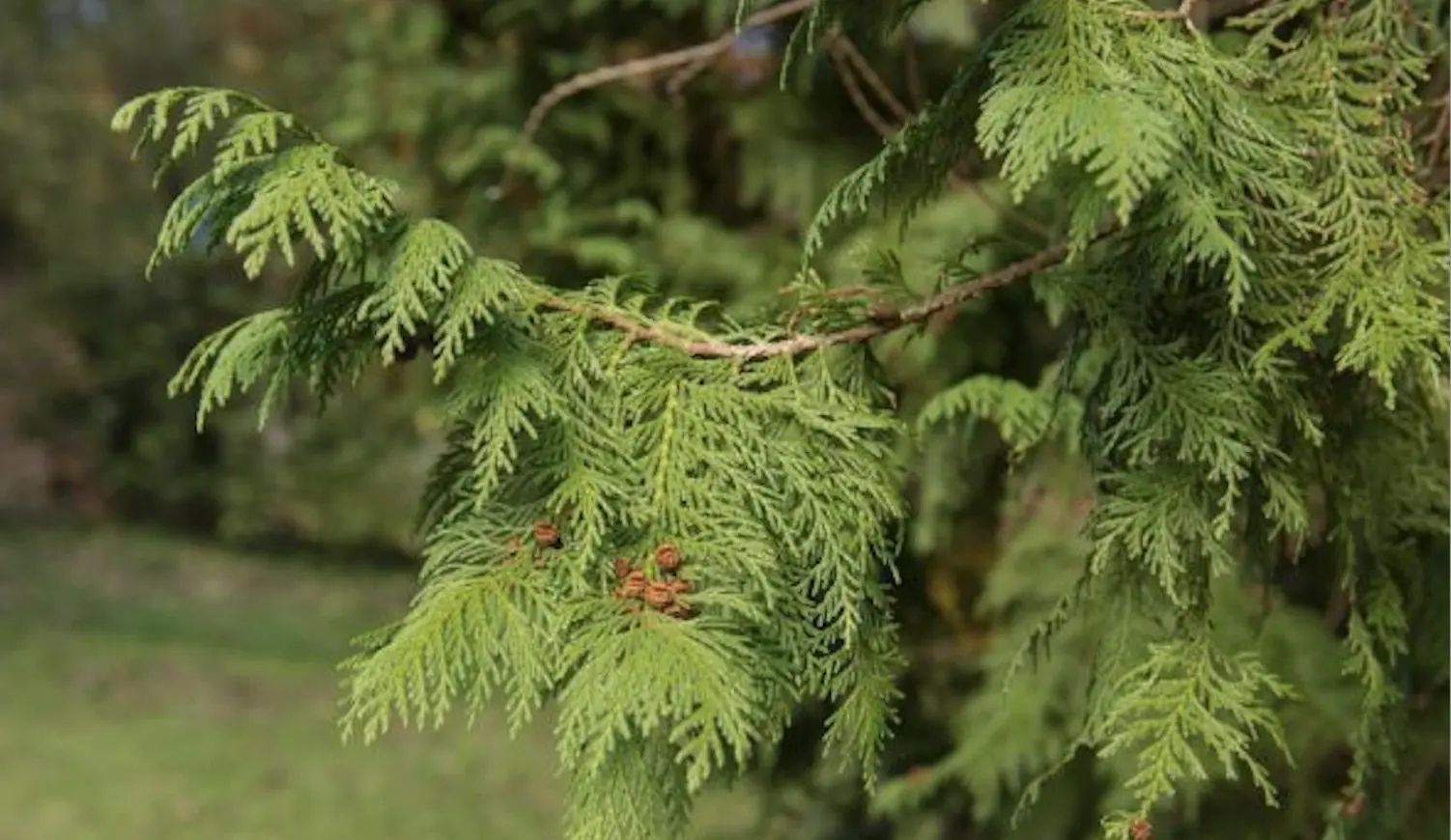NATIONAL SYMBOL OF BHUTAN EP 7: NATIONAL TREE
Greetings Travellers,
This blog will briefly highly about Bhutan's national tree.
The national tree of Bhutan is the cypress (Cupressus torulosa), known locally as "Tsenden." Revered for its resilience and ability to thrive in the harsh, mountainous climate of Bhutan, the cypress symbolizes longevity, endurance, and spirituality. Its towering presence in the sacred landscapes of monasteries and dzongs reflects its deep connection to Bhutan's religious and cultural identity. Traditionally, the Bhutanese plant cypress trees near temples and religious sites, where they are often seen as guardians of spiritual sanctity.
The cypress holds special significance in Bhutanese Buddhist culture. It is considered sacred, representing the connection between heaven and earth, and its evergreen nature is associated with eternal life and enlightenment. Cypress wood is commonly used for building religious structures, crafting religious artifacts, and producing incense for rituals. The tree is often featured in religious texts and traditional Bhutanese art, further cementing its place as a symbol of purity and protection in Bhutan's spiritual heritage.
Beyond its religious and cultural significance, the cypress tree plays an essential role in Bhutan's ecology. Found at altitudes of 1,800 to 3,500 meters, it helps stabilize mountainous soil and prevent erosion, contributing to the country's conservation efforts. Bhutan, known for its environmental consciousness and commitment to maintaining its forest cover, takes pride in preserving this resilient species as part of its rich natural and spiritual heritage.
WELCOME TO BHUTAN!






